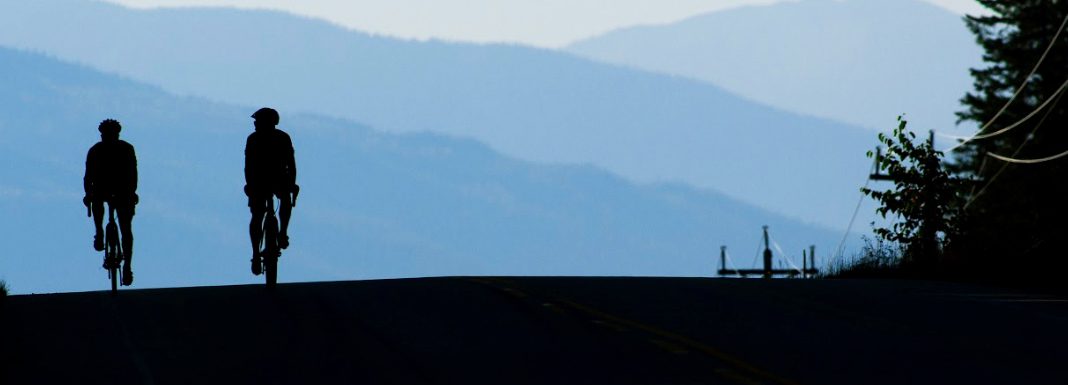If you feel discomfort or pain in the skin of your feet while you are exercising, stop exercising immediately and correct the problem. Continuously rubbing your skin can cause very painful blisters that can break and leave you with open painful areas for many weeks. Take off your shoes and look for a cause. Usually, your socks will be wrinkled or your shoes don’t fit properly. If it’s your socks, straighten the wrinkle or change your socks for a dry pair. If it’s your shoes, change to another pair if possible.
Wetness causes skin to stick to anything that rubs against it. Adding powder to your socks can help to keep your feet dry. It doesn’t matter whether you use corn starch, anti-fungal powder or baby powder. If you find that your socks are always wet after exercise, try an over-the-counter antiperspirant to decrease your sweating. If that doesn’t solve the problem, ask your doctor for a prescription-strength version.
If your shoe is causing your discomfort, try to soften the shoe where it rubs against your skin. Dab mineral oil or bath oil on the spot and try to stretch the shoe. If you still develop blisters, buy a new pair of shoes. If you are too frugal to throw away shoes, try putting a piece of adhesive tape on your skin where the shoe rubs.
Should You Pop a Blister?
If you can walk without feeling discomfort from rubbing your blister, leave it alone. Popping a blister increases risk for infections. If you decide to pop it,
• wash your hands and the blister area with soap and water
• sterilize a needle with rubbing alcohol
• insert the sterile needle into the edge of the blister
• use a sterile gauze pad to press out the fluid and wipe it off
• apply antibiotic ointment over the blister, cover with a sterile gauze pad and tape or a blister bandage
If you develop discolored blister fluid, increasing redness or pain, or any other signs of infection, check with your doctor or podiatrist immediately.
Less Common Causes of Blisters
Fungus: If the blisters or skin irritation appear on the sole or arch of your foot or between your toes, you could be infected with a fungus, commonly called tinea pedis or “athlete’s foot.” Other signs that you may have a fungus infection include scaling or cracked skin, burning, redness, itchiness, or thickened skin. The best way to get a proper diagnosis is to see a podiatrist or your family doctor and get a fungus culture, with a prescription to kill the particular fungus identified by the culture. You can try over-the-counter topical fungus creams, sprays or powders, but fungus infections often have to be treated for many weeks or months with topical medicines or pills, particularly if the infection is in your toenails. Having diabetes increases your risk for fungus infections. Never walk barefoot in public showers (including hotel bathrooms), where you can pick up fungi and wart viruses. Carry a pair of rubber sandals in your gym bag or suitcase.
Bacteria: If the blister fluid is thick or discolored, it is likely that you have a bacterial infection and should check with your podiatrist or family doctor. The infection can spread to your bloodstream and you will have a serious problem. A bacterial culture will tell the type of bacteria and which antibiotics will kill it.
Other Causes: Blisters can be caused by skin conditions such as atopic dermatitis, psoriasis or blister-causing skin diseases; or by a contact dermatitis, in which you are irritated by some chemical or dye, possibly in your socks or shoes.
If Your Skin Continues to Form Blisters, Flake or Crack
• Wear different shoes each day and allow them to dry out between uses.
• Keep your feet dry with powder or an antiperspirant.
• Change socks as often as needed. Special moisture-wicking socks may help.
• Try applying tape over the places where your shoes rub, or try various products such as blister pads or moleskin.
• Wear shoes that fit you. If you have narrow or wide feet, they may slide in your present shoes and you would benefit from shopping for the proper width.
• If you have blisters on the ends of your toes, you may need shoes that are a half size longer than your present ones.
One of our readers noted that, “Every hiker should carry some moleskin to treat blisters and hotspots. Also hikers can use two socks on each foot, a nylon sock liner and a heavy boot sock to keep the skin of the foot dry and avoid hot spots. If a hotspot develops, you must remove the boots and socks and let the foot cool and socks dry. Moleskin can be used for additional protection in those sensitive hotspot areas. If a blister develops, cut a hole in the moleskin the size of the blister and add additional layers of moleskin if necessary so the blister isn’t irritated by the shoe and sock. Some folks use duct tape like moleskin.”
Note: My son Gene Mirkin, DPM, a practicing podiatrist in Maryland, contributed to this article.


